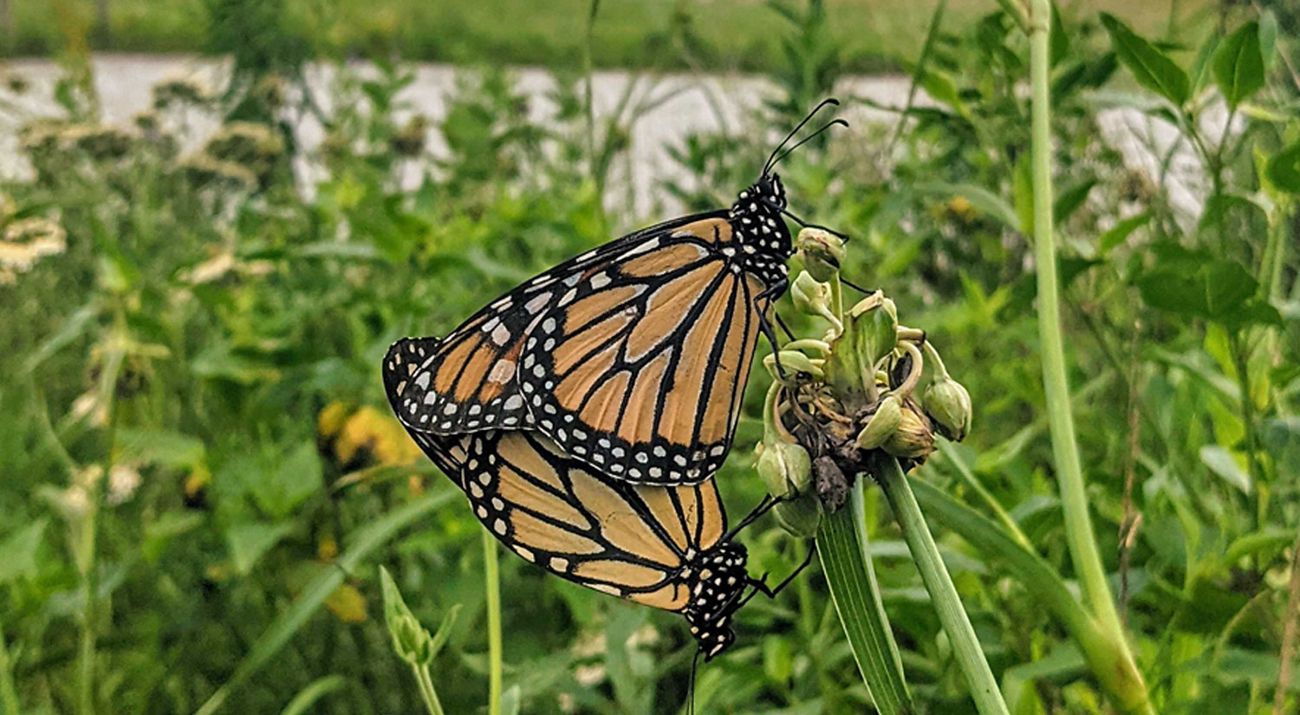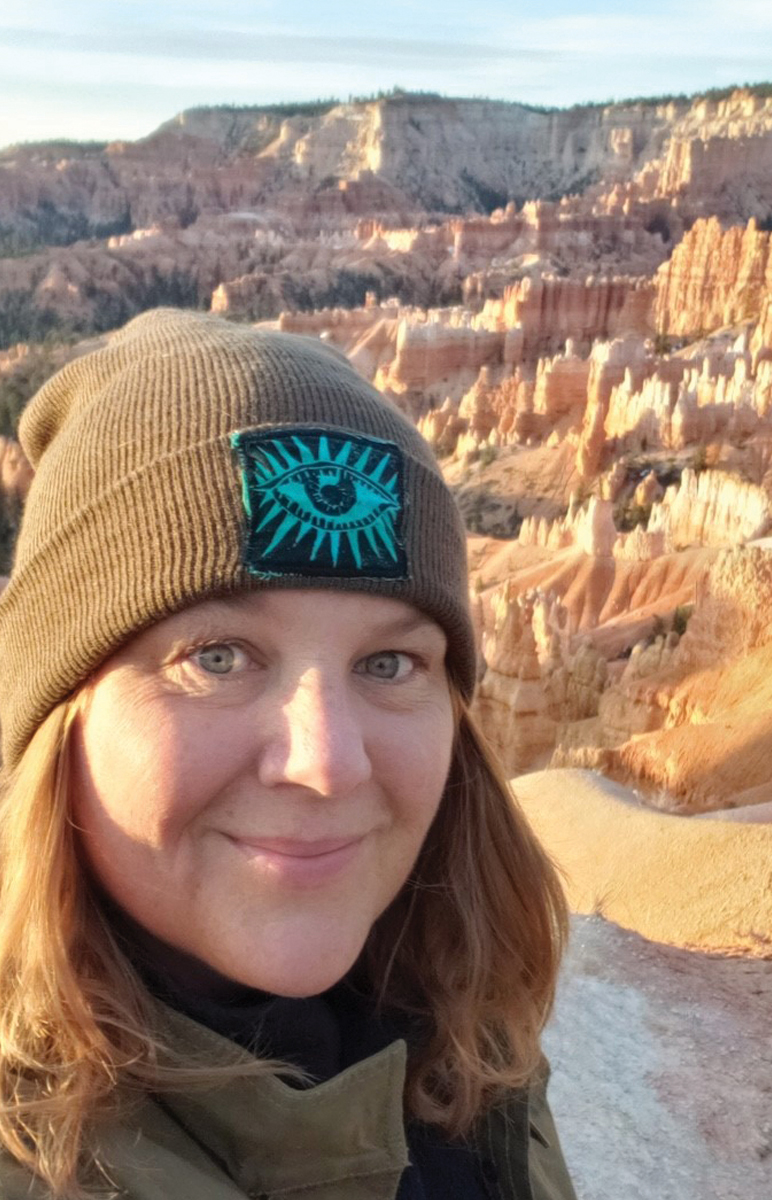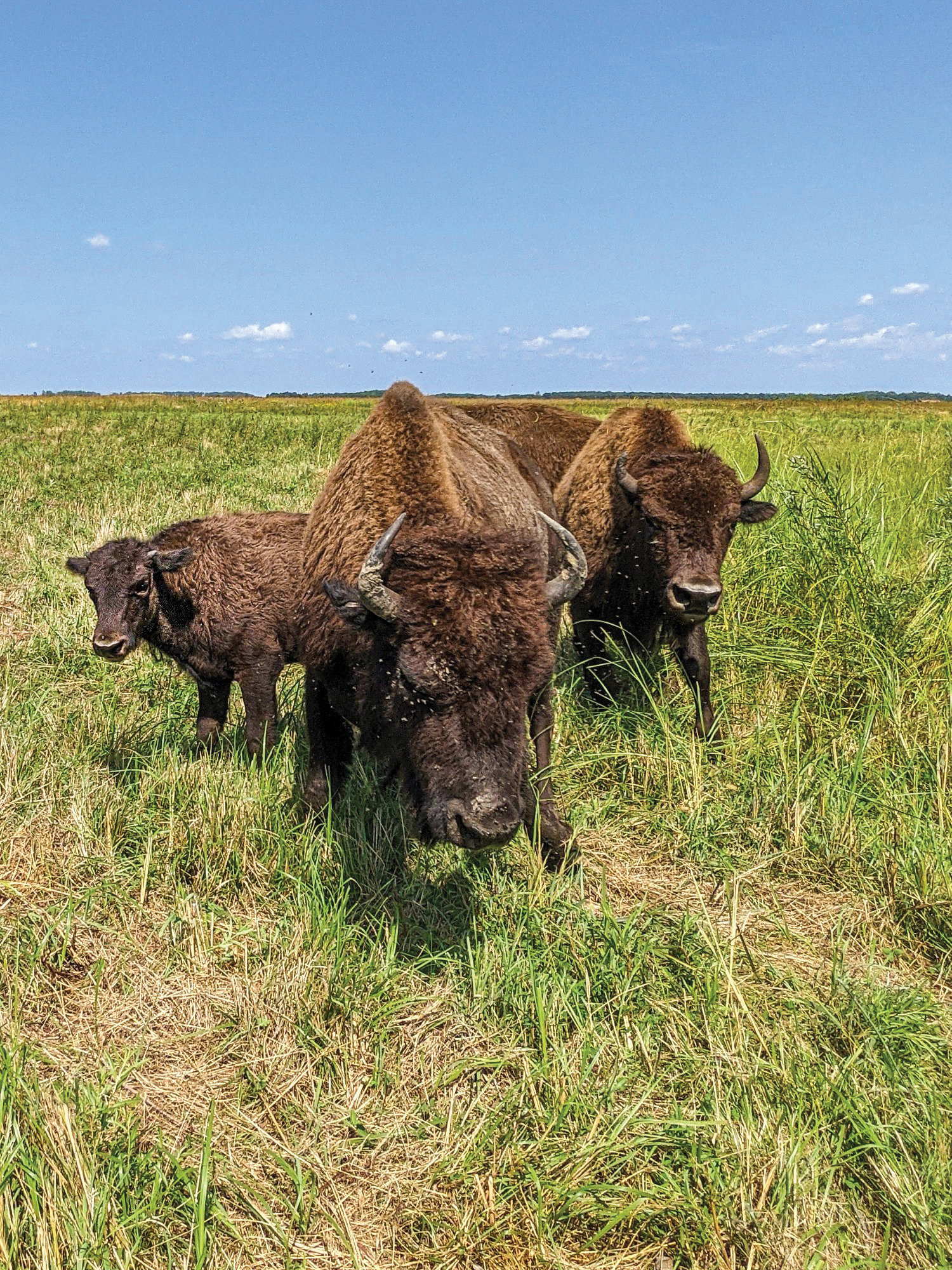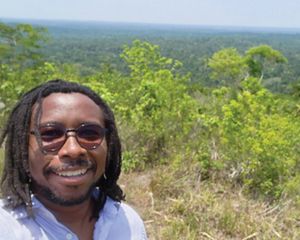The Power of Perspective
Hear from TNC’s Preserve Accessibility Coordinator Lisa Ryan on making outdoor spaces welcoming for everyone.
How have your life experiences shaped your approach to accessibility?
It’s easy to think a person in a wheelchair can’t get into a building with stairs, or someone who’s deaf can’t participate in a tour, when really it’s the lack of a ramp or an interpreter that’s the issue. My career has centered on flipping the narrative. It isn’t a person’s disability that creates limitations, but instead, it’s the physical attributes of a place and the lack of accessible features that prevent people from safely experiencing life with dignity and joy.
It’s easy to think a person in a wheelchair can’t get into a building with stairs, or someone who’s deaf can’t participate in a tour, when really it’s the lack of a ramp or an interpreter that’s the issue. My career has centered on flipping the narrative. It isn’t a person’s disability that creates limitations, but instead, it’s the physical attributes of a place and the lack of accessible features that prevent people from safely experiencing life with dignity and joy.
How does that relate to TNC’s preserves?
The variety of places we own and manage—wild beaches, deep forests, vast prairies—is incredible. The big idea is to share best practices and technical knowledge to make these special places more welcoming and easier to navigate. When we make preserves more accessible for people with disabilities, we make them more accessible for everyone.
Can you give examples of how TNC is bringing that vision to reality?
One focal area is helping visitors know what to expect so they can feel comfortable and confident in nature. Do we provide maps that indicate trail elevation and type of surface? Do we communicate about amenities such as restrooms, benches or signs in Braille? We’re working to update signage, content on nature.org, and Google business listings to have consistent and accurate information available so people can make informed decisions.
Why does preserve accessibility matter as we confront climate change and biodiversity loss?
Improving our preserves makes it possible for more people to be engaged in our work throughout their lifetimes, whether they’re pushing a stroller or using a scooter while a broken bone heals, or adjusting to hearing and vision loss as they age. Having a personal relationship with nature motivates people to get involved and support solutions.





